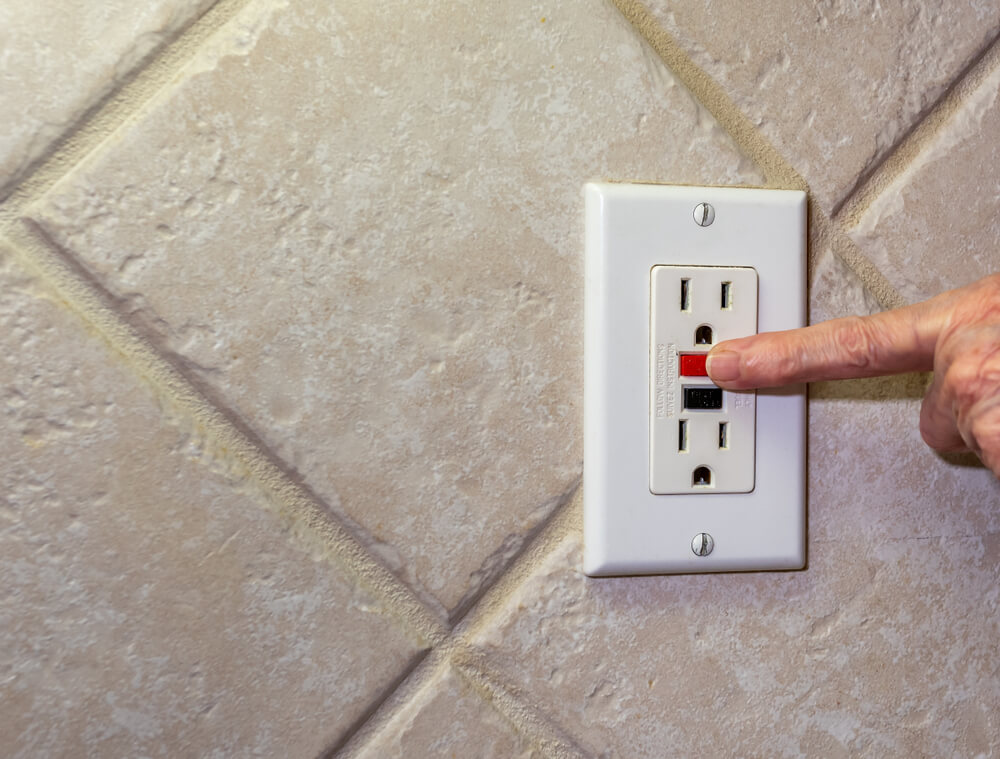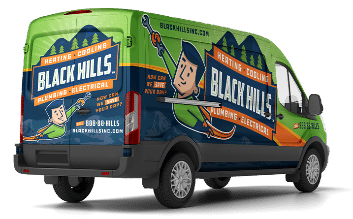If you’re like many homeowners, you may be surprised to know not all electrical outlets are the same. There are different power outlets designed to handle higher voltages than others. Each outlet comes with different characteristics to consider as well. Depending on its specifications, a particular outlet may be best suited for one room over another.
Installing the right electrical outlet can mean more reliable power, improved efficiency, and–most importantly–safety. We are trusted in Olympia and surrounding areas for electrical installations and home repair services. In this guide, we’ll look at the different electrical outlet types and provide insights on the correct ones for your home.
1. 120-Volt Outlets
In the US, the electrical power supplied to most homes is a split system. The power typically enters your home at 240 volts. The 240 volts is then split at the main circuit breaker panel into two 120-volt halves.
A 120-volt, 15-amp outlet is the most common type used in homes. It has two identical outlets, each with three-pronged holes (two vertical slots on top and a grounding hole below), and it is found in living rooms, dining rooms, and bedrooms. Older homes may have two-pronged outlets that are ungrounded.
Some 120-volt outlets are reversed; these are controlled by a wall switch. Often, they’re installed to make it easier to turn on a lamp. Both types are available in a range of colors to match interior décor.
2. 230-, 240-, & 250-Volt Outlets
The 120-volt level is commonly referred to as 110, 115, 120, or 125 volts and is commonly used for lighting and standard outlets. Similarly, 230, 240, and 250 volts are used for a higher volt level. These higher voltage ranges are used to supply power to larger appliances.
You’ll find a 20-amp, 250-volt outlet installed where high-power appliances, such as air conditioners, compressors, water heaters, stoves, power tools, etc., are used. This outlet may have three or four prongs. To install a 250-volt outlet, you first need a double-pole circuit breaker in the main panel. It’s best to consult a professional who can upgrade electrical panels to install one.
For a higher-power electric dryer or wall oven, you might need a 30-amp or 50-amp outlet. Like a 240-volt outlet, the 250-volt outlet type requires a dedicated circuit, meaning a large appliance will run directly off this circuit without any other devices connected. Plugging in additional appliances would violate building codes.
3. 20-Amp Outlets
While 120-volt outlets generally run on 15 amps, higher power-rated ones are 20 amps. An example is a 125-volt outlet intended for larger kitchen gadgets or some types of home appliances such as dishwashers, washing machines, or space heaters. It has a small horizontal slot next to a vertical ground slot.
4. GFCI Outlets

Capable of detecting a short circuit, a ground fault circuit interrupter (GFCI) can shut off the power supply to an outlet when the current spikes. It is often used in bathrooms, laundry rooms, kitchens, basements, and other areas where water is present. Contact with water can cause a power surge. For example, if a hair dryer is running and falls into a water-filled sink, you may experience a power surge.
The interrupter circuit trips the second a power surge is detected, preventing electric shock. It does so because normal current travels through the hot wire and returns via the neutral wire. Any flow outside these parameters triggers the internal breaker.
5. AFCI Outlets
An arc fault circuit interrupter, or AFCI, looks similar to a GFCI. It detects and protects against electrical arcs, which occur when electricity jumps from one wire to another, most often at loose contact points. This is a dangerous situation that can ignite a fire. Electrical arcs generate high amounts of heat. Common signs of a problem include buzzing from outlets or electrical fixtures and visible sparks.
A built-in circuit breaker shuts off the outlet when electrical arcing is detected. AFCIs must be installed through a dedicated circuit breaker in the electrical panel, usually as a safety precaution in bedrooms and other sleeping areas. They are sometimes used in kitchens and laundry rooms, as well.
6. Switched Outlets
Switched outlets are suited for appliances or lights that are always plugged in, whether they are turned on or not. The outlet looks like a typical socket, except it also includes a switch. You can flip the switch to turn on an appliance without touching the plug. This kind of outlet is perfectly suited for leaving an appliance permanently plugged in, such as a lamp in a room without overhead lighting.
7. USB Outlets
Outlets with integrated USB ports are becoming more common. They help people avoid using a USB adapter so that they can charge mobile devices directly through the outlet.
A typical unit has two regular outlets and two USB ports. You can charge a smartphone or tablet while other two- or three-pronged plugs are inserted in the sockets. Some varieties eliminate the receptacles to include four USB ports, providing faster charging of devices at up to four amps.
8. Smart Outlets
Smart outlets can monitor power usage and be programmed to switch on or off at specified times. They can also prevent power leakage, improving energy efficiency. Great for coffee machines and lawn sprinklers, they can be set from a smartphone. You can even turn a lamp on and off with your phone.
However, smart functions require a communication hub to be installed. Many smart outlets can be operated via voice assistants, like Amazon Echo, and have a Wi-Fi connection.
Our professional Olympia electricians help install all types of outlets, offer electrical repair, and perform house rewiring. We are licensed and bonded to provide plumbing, AC, and heating services as well.
As the leading home repair services company in the area, we back our work with a 100% Satisfaction Guarantee and are available 24/7 to take emergency calls. To reach HVAC techs or plumbers near you, or a 24-hour emergency electrician, book service online or call 888-491-2914.

